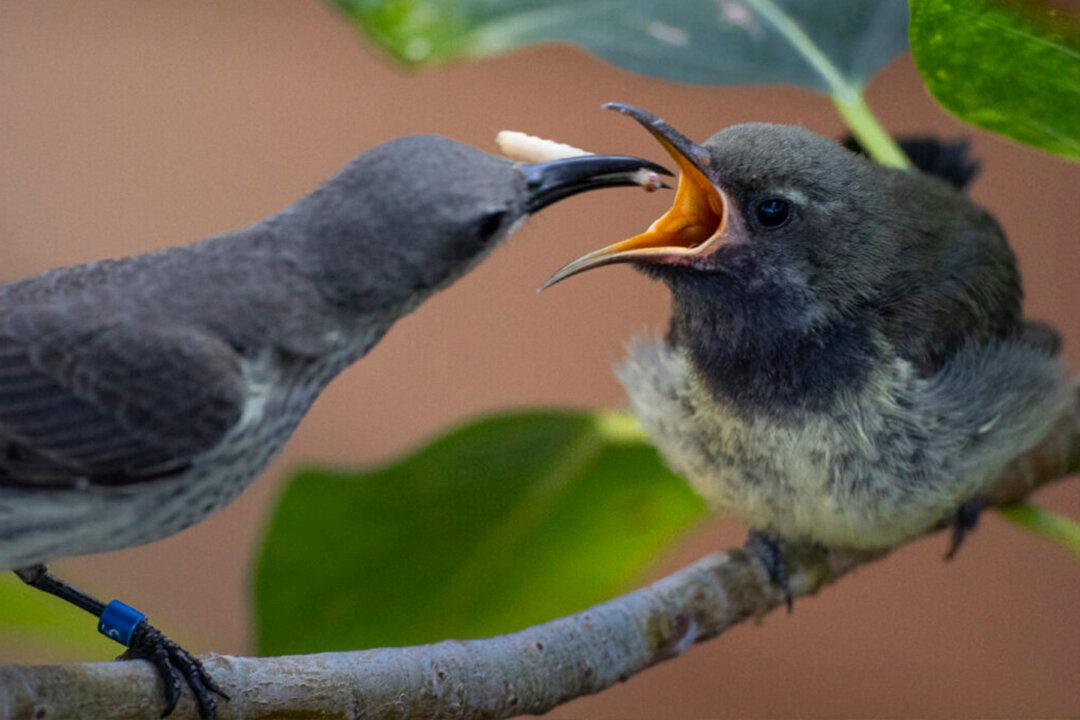The aptly named splendid sunbird is so incredibly rare, state side, that only two birds existed in the United States until mid-2020. However, a pair that has been together at San Diego Zoo in California since 2019 have nested and successfully hatched a chick together, making it three in total.
The sunbird pair reared the chick, a male born on July 21, in their self-built nest at the zoo’s Conrad Prebys Africa Rocks Aviary.





